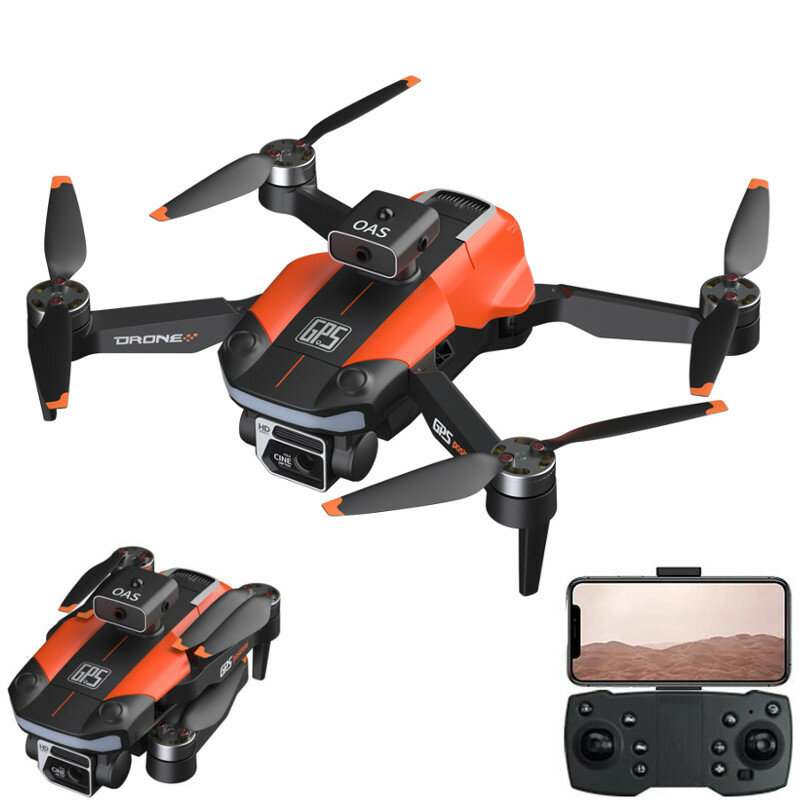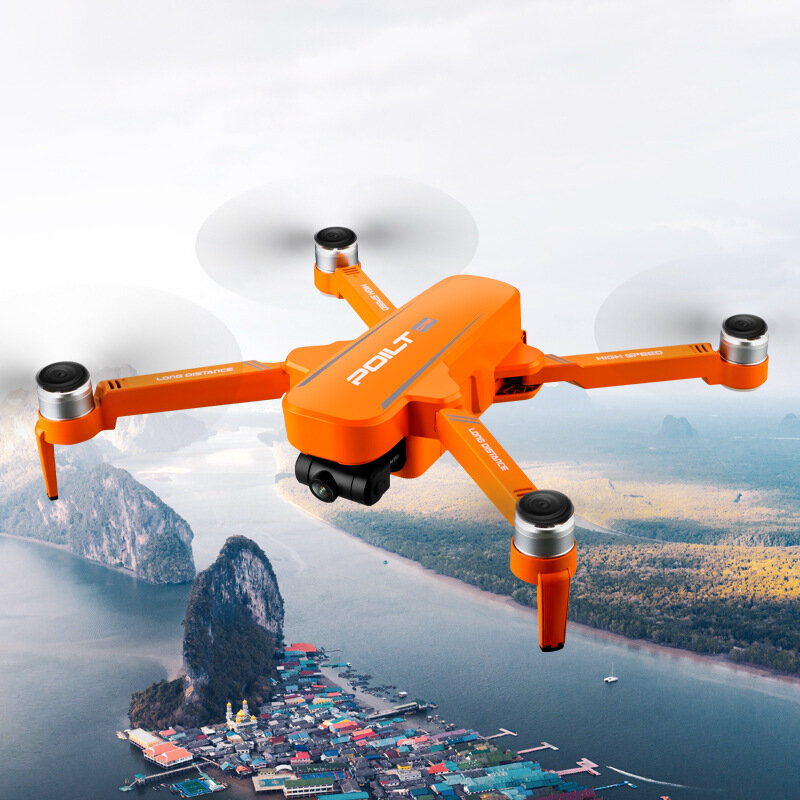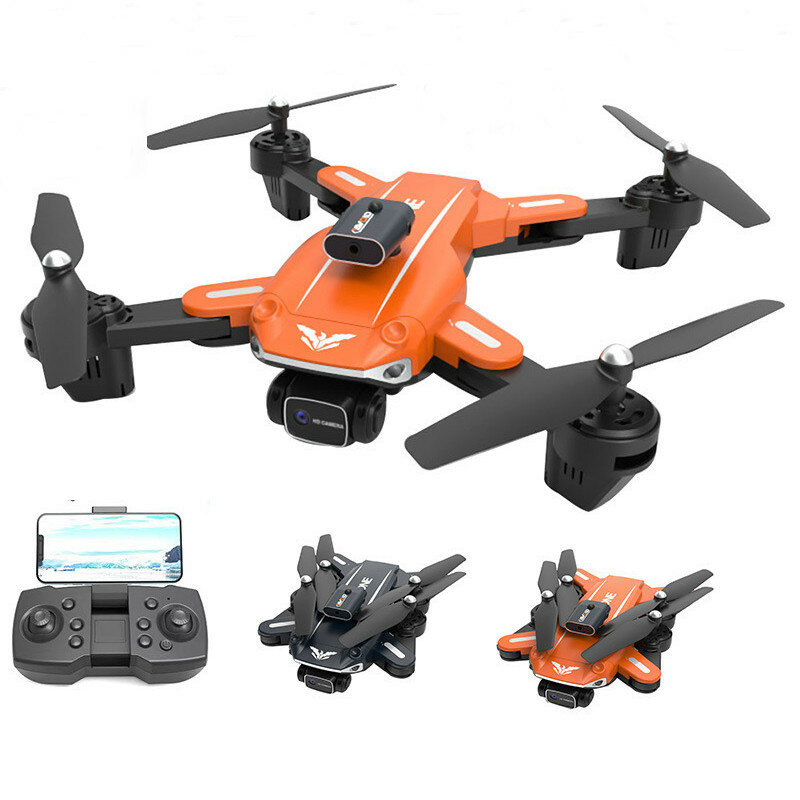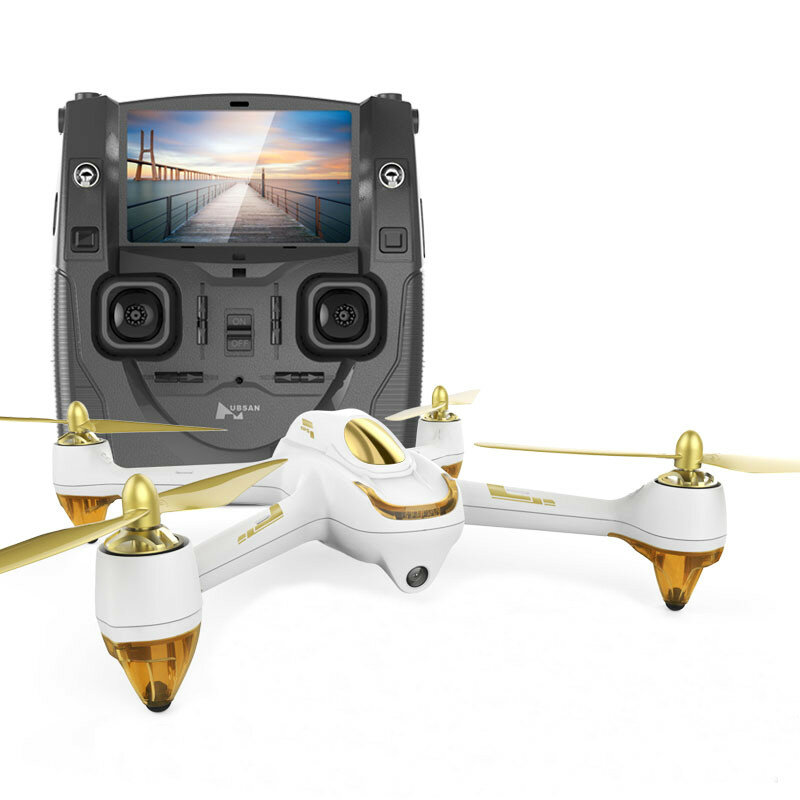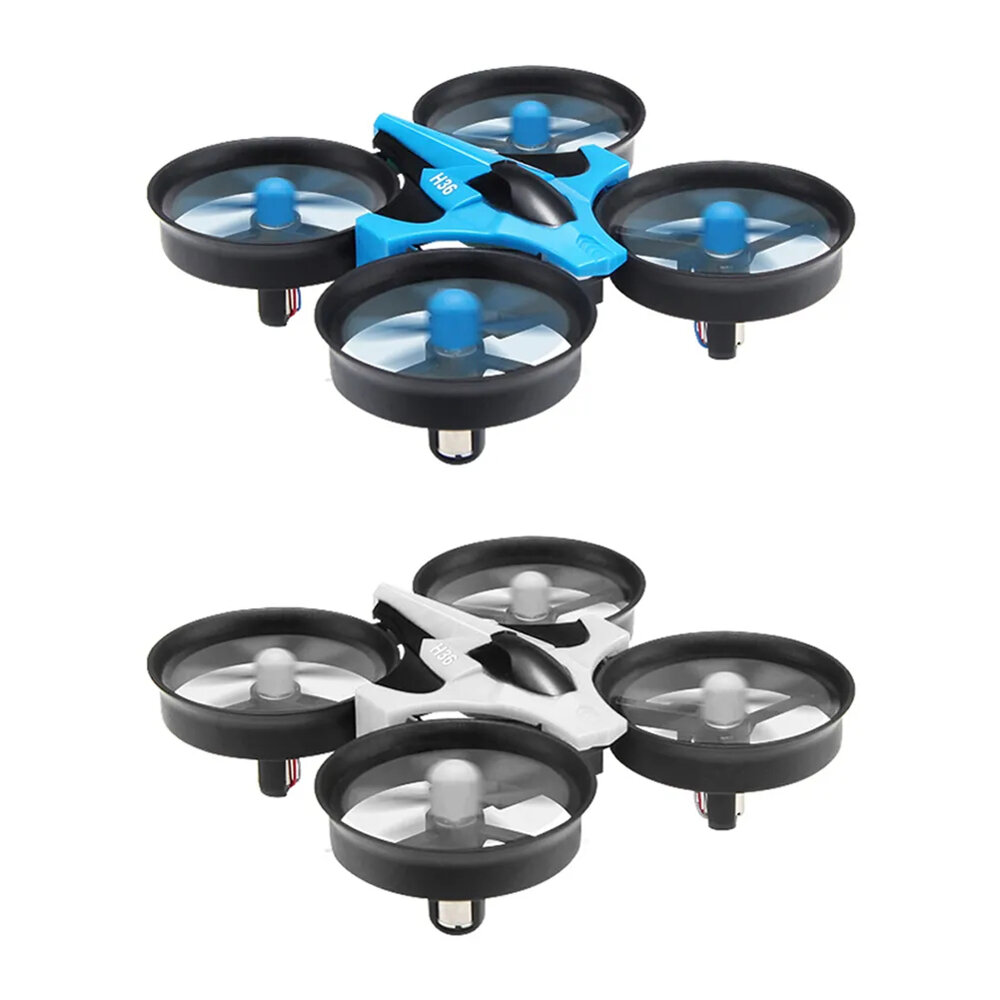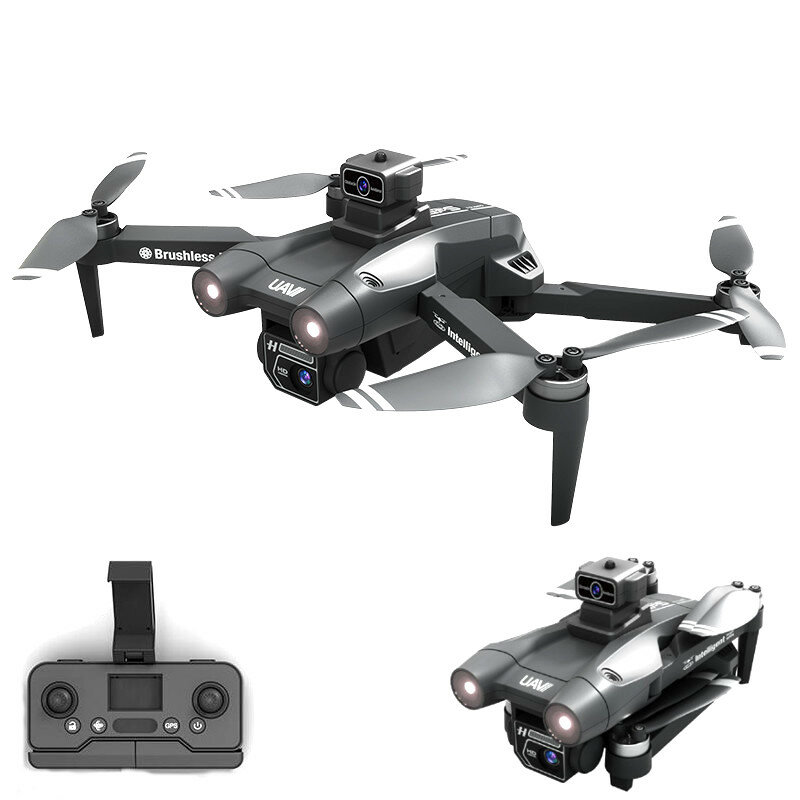Almost all users agree that the DJI Mavic Mini has comparable features to the DJI Mavic Air and DJI Spark, let’s look to see if the Mavic Mini is the ideal drone for you.
DJI Mavic Mini
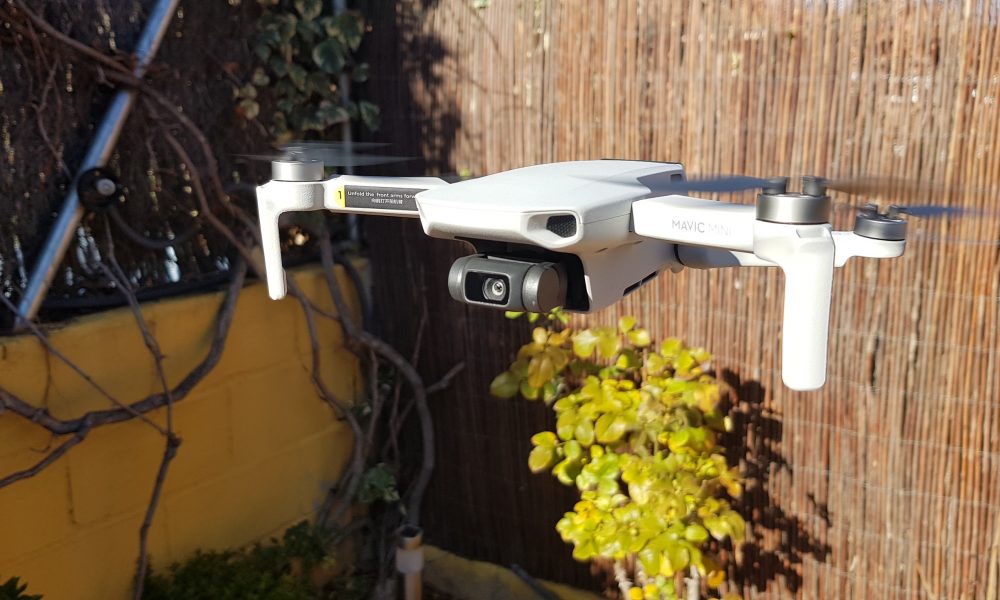
The DJI Mavic Mini brings a few of the latest features not found on previous drones. The Mavic Mini also brings a new design, similar to the DJI Mavic 2. The other features include its new ultra-lightweight 249-gram body and 30 minute flight time.
Mavic Mini is the perfect name for DJI’s latest drone. Just like its larger Mavic siblings, it’s collapsible, with arms that unfurl to transform it in a couple of spring-loaded maneuvers.
When it comes to looks, this is a DJI product through and through. The color scheme is gray and dark gray, just like the Osmo Action and Osmo Mobile 3, and its front is adorned with a pair of ‘eyes’, nuzzled under a flat, beveled, angry-looking top-side. It’s one of the better-looking drones we’ve seen.
On the front of the Mavic Mini is the 3-axis stabilized camera. Out of the box, it’s shielded by a camera guard, which is removable when you come to fly it. On the back are an exposed microSD card slot, and a micro USB port for charging. Above these is the battery flap. Compared to the Parrot Anafi, whose SD card slot is tucked away under the battery, DJI’s design is much more convenient for frequent storage-swappers.
[amazon bestseller=”dji mavic mini” items=”3″ grid=”3″]
The Mini isn’t crash-proof, however; there are no obstacle avoidance sensors on its sides, front or back, as found on the Mavic Air. That said, there are a couple of sensors at the base to enable smooth landings, along with a battery meter, and a light, so that you can keep tabs on your drone in the air and keep it in line of sight, even at night.
The Mavic Mini’s arms are relatively slender, and we actually cracked one of ours with a 1.8-meter drop – while it still works perfectly, that’s something that wouldn’t have happened had the safety guards been affixed. If you’re a newbie, anticipate flying indoors, or know you’ll be flying in strong winds, it’s worth picking up the Fly More bundle to get the 360-degree propellor guard.
Unlike some other drone controllers, the DJI Mavic Mini’s doesn’t include a screen; instead it unfolds to hold an Android or iOS smartphone. Tucked away in its body are screw-on joysticks, so that when it’s collapsed the controller has a flat profile, and when opened out it delivers a traditional feel.
DJI SAPRK
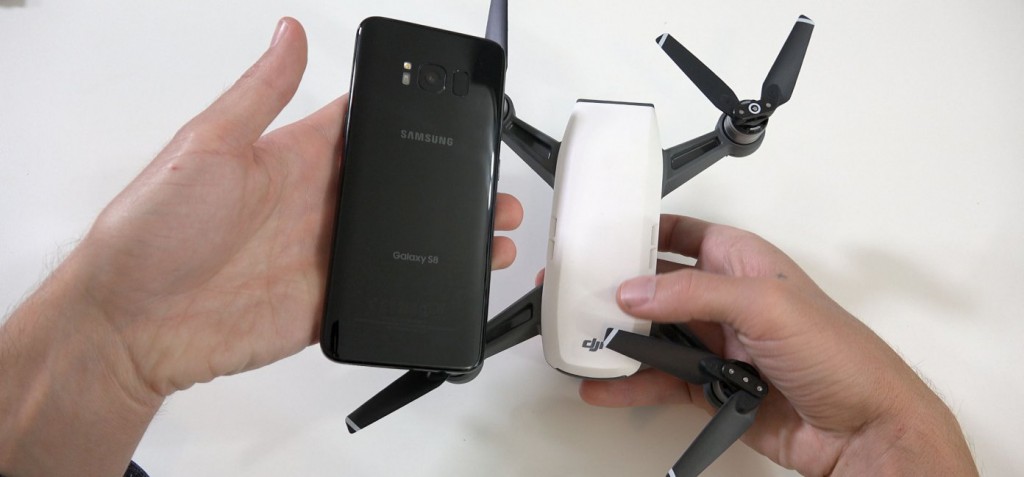
It’s no joke that the DJI Spark is as small as a can of soda. Measuring in at a scant 143 x 143 x 55mm and 300 grams (10.6 ounces), the mini drone is something you can easily stuff into any bag or even hang off the back of your belt.
The DJI Spark also comes in a small foam box that’s really no bigger than a headphone case we would normally put into our bag. The included storage box also has compartments for four replacement propellers and two extra batteries.
Aside from its small size, the Spark is DJI’s first drone to be offered in a variety of colors: Alpine White, Sky Blue, Meadow Green, Lava Red and Sunrise Yellow. The splash of color is welcome piece of personalization in a world of drones that have thus far been a mix of gray, white and black.
One key difference of the Spark is its limbs don’t fold into the drone like the Mavic Pro and GoPro Karma Drone. The good news is you can fold the propellers to make it a smaller package and these rotor blades will also lock into flight position once they start spinning.
Unlike most other drones, the DJI Spark also has stubbly feet rather than extended landing gear. This is in part to keep the drone as small as possible while also making it comfortable enough to hold when landing the drone onto your palm. That said, the Spark’s tiny feet make it harder to land on uneven and rocky surfaces.
With a starting price of $499 (£519, AU$859) the DJI Spark is the company’s most affordable drone. At this price point it competes with other affordable drones like the $549 (£439, AU$649) Parrot Bebop 2 and $399 (£439, AU$629) Yuneec 4K Breeze.
[amazon bestseller=”dji spark” items=”3″ grid=”3″]
DJI MAVIC AIR
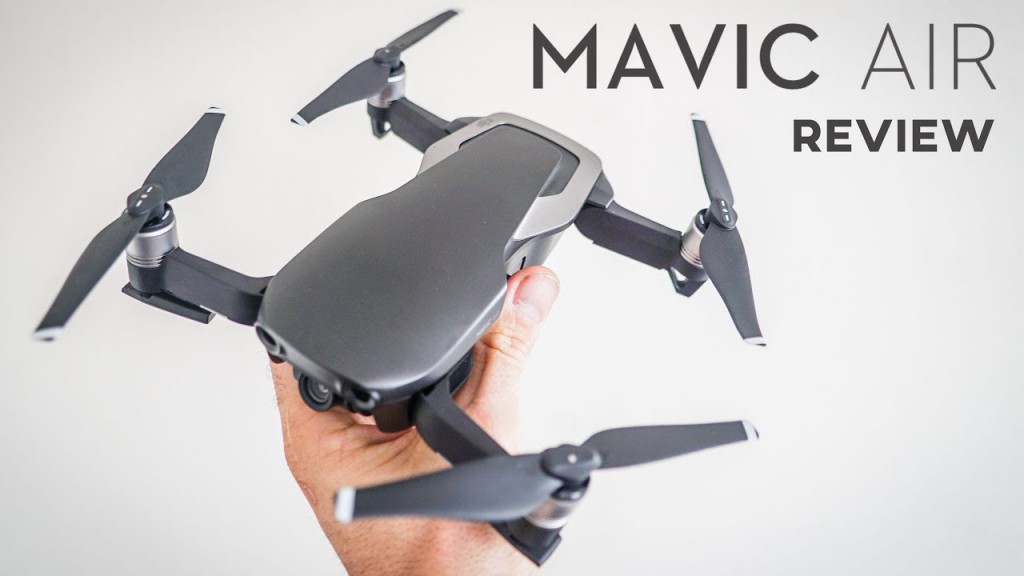
Mavic Air is a small drone with huge ambitions, the DJI Mavic Air packs 4K video recording, a three-axis gimbal, an upgraded obstacle avoidance system and onboard storage into a compact and foldable form factor that easily slips into a jacket pocket. You’d be hard pressed to find a better drone that packs up so neatly and has as many smarts as this one.
The DJI Mavic Air is the near-perfect love child of the very successful Mavic Pro and the compact and user-friendly Spark. It’s a consumer drone that highlights DJI’s commitment to innovation.
The Mavic Air might resemble the Spark in terms of size, but that’s basically where the similarity ends. The new drone’s arms are foldable, like those of the Mavic Pro, taking portability to a whole new level.
When folded up, the Mavic Air can quite easily slip into a large pocket – think cargo pants or a big jacket. Weighing in at 430g, it’s heavier than the 300g Spark but lighter than the 743g Mavic Pro, and definitely lighter than a pint of beer.
With a starting price of $799 / £769 / AU$1,299, the Mavic Air is cheaper than its bigger-in-all-ways Pro sibling. Paying this price gets you the drone, a battery, the proprietary charger, redesigned remote controller, a small carrying case, four propeller guards and two full sets of propellers.
[amazon bestseller=”dji mavic air” items=”3″ grid=”3″]
Whic one is the best then?
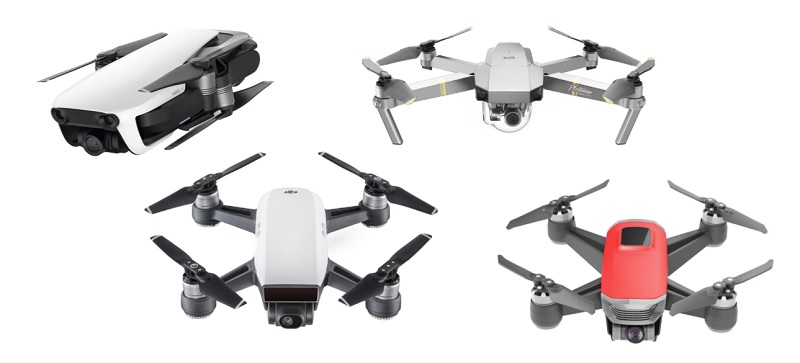
The DJI Mavic Mini has been designed to match the current Mavic 2 series of drones – further unifying the Mavic line. Both the Mavic Air and Spark have their unique designs, while both designs are great the Mavic Mini looks well thought out. The Spark is not capable of folding down while the Mavic Mini and Mavic Air can. The Mavic Mini has the smallest footprint once folded but is a little larger while unfolded than the Spark and the Mavic Air.
Thanks to DJI, the Mavic Mini comes in at just 249 grams, 1 gram under the FAA’s limit for drone registration. This is no coincidence. DJI making the Mavic Mini only 249 grams makes it the perfect beginner drone without the need to license and register your drone. Both the Mavic Air and Spark weigh over the 250-gram limit requiring them to get registered.
The camera attached to all drones comprises of the same 1/2.3′ CMOS sensor, capable of 12MP photos. Mavic Mini and the Spark capture JPEG photos, while the Mavic Air can capture JPEG and DNG photos. The Mavic Air the only drone capable of RAW photos.
The Mavic Mini can record video at 2.7K 30 fps and 1080p 60 fps, all you need in an entry-level drone. The Spark has the most limited resolutions with only 1080p 30 fps available. The Mavic Air is capable of capturing video in the most resolutions, which include 4K 30 fps, 2.7K 60 fps, 1080p 120 fps and 720 120 fps. DJI’s Mavic Mini records video at 40 Mb/s while the Mavic Air records at 100 Mb/s and the Spark records at 24 Mb/s.
The DJI Mavic Mini is equipped with a 2400 mAh battery and lacks sensors found on the other drones allowing a maximum flight time of 30 minutes to be achieved. The Mavic Air and Spark both have lower flight times and battery capacities with the Mavic Air having a maximum flight time of 21 minutes and a 2375 mAh battery while the Spark has a maximum flight time of 16 minutes and a 1480 mAh battery.
[amazon table=”32661″]

















